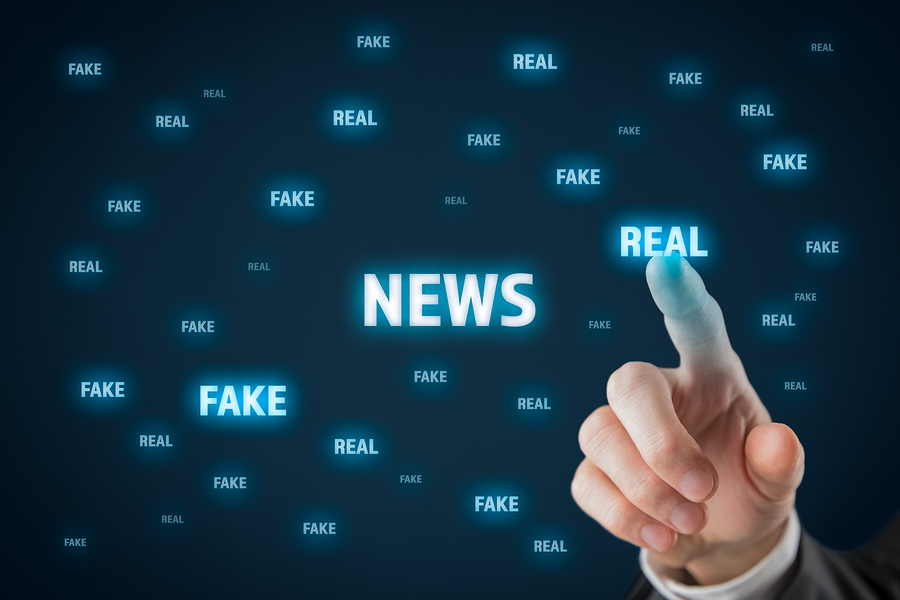Posting fake news on the Internet is a practice that has been going on for a while. But it wasn’t until United States President Donald Trump popularize the term, as a strategy to minimize and discredit the press that painted him in a bad light, that the issue exploded and became part of the daily online conversation.
Fake news is everywhere, to the point that is becoming increasingly difficult to set apart truthful and false information online. The consequences of this can be severe, from the polarization of American voters to the resurgence of all and lethal diseases that we had already eradicated. The events triggered by this fictional content, are very real.
The danger of untruthful information
Recently, measles stroke Rumania, killing tenths of people, most of them children. The record of contagion is of 200 patients a week. The United States, after 18 years of living measles-free, experienced an outbreak in 2015. One hundred twenty-five children got it at Disneyland, none of those kids was vaccinated.
Why are parents not vaccinating their children when the risk of contracting a disease is so high? Could it be that baseless information made them think they had no choice?
Back in 1998, Lancet, a medical magazine, published an article by a doctor called Wakefield, it stated that vaccination could develop autism in children. The Magazine didn’t retract until 12 years after, by then it was too late. Strong anti-vaccination groups were already operating, and the boom of social media made it easy for them to spread this false information around the world.
Just one fake article of fact can set off a health world crisis, a finance disrupture or a violent situation, among other adverse effects. To learn to separate trustworthy information from lies or half-truths is not only an ethical problem, is crucial for collective well-being. But the question is. How do we do that?
This is something professionals of education and journalism have been asking with more energy in the last decade. Some of the answers they have are very enlightening and paint a better picture for the future of analysis and critical thinking in the digital era.
We all have to be journalists
Esther Wojcicki, Vice Chair for Creative Commons Board and an expert in teaching journalism, offers a solid perspective on training students to be critical about the information they get.
data-animation-override>
“News literacy should be a requirement for every student in this country. It shouldn’t just be for the privileged few.”
According to Wojcicki, this democratización of news outlets has to be matched with a process in which we give everyone the tools to navigate this content with critical thinking, logic and good judgment.
She adds that the practice of handle reliable sources and do fact-checking is something that should be common knowledge and not exclusive to professional journalists. The rule of thumb here is, if that news seems too unusual to be true, it might not be, so double checking is in order.
The only real thing about fake news is that they are not going anywhere. This is why is fundamental that schools and universities worldwide integrate curriculum directed at developing the skills the student need to make out truth from lie in media.
This article from Observatory of the Institute for the Future of Education may be shared under the terms of the license CC BY-NC-SA 4.0 
)
)


)